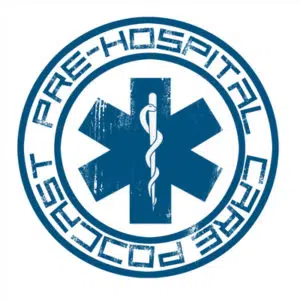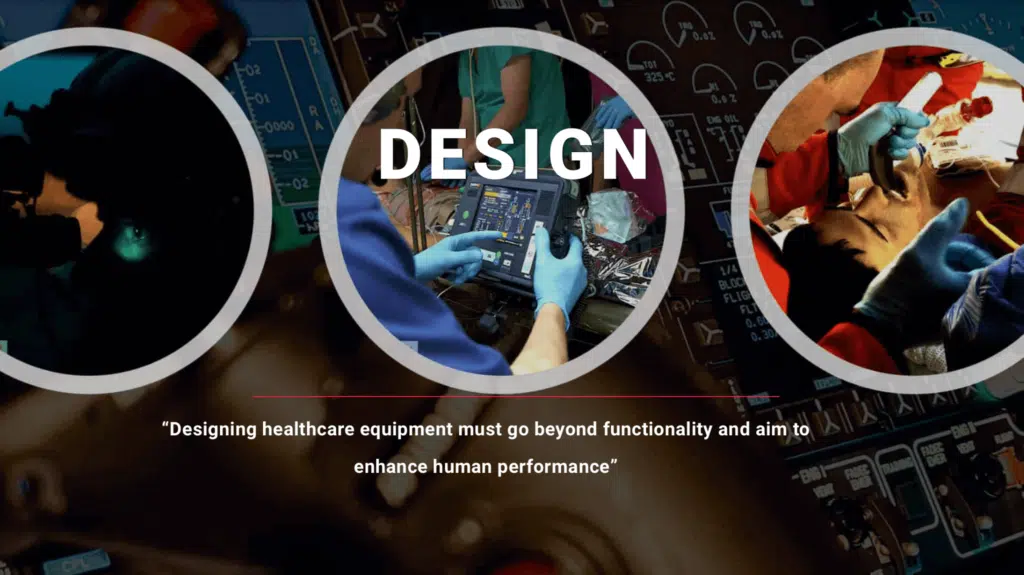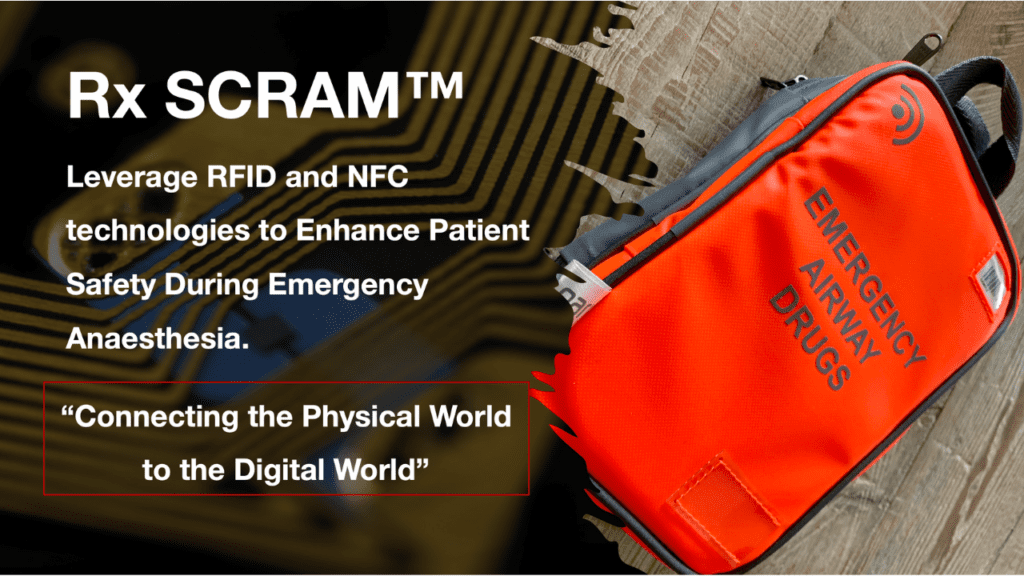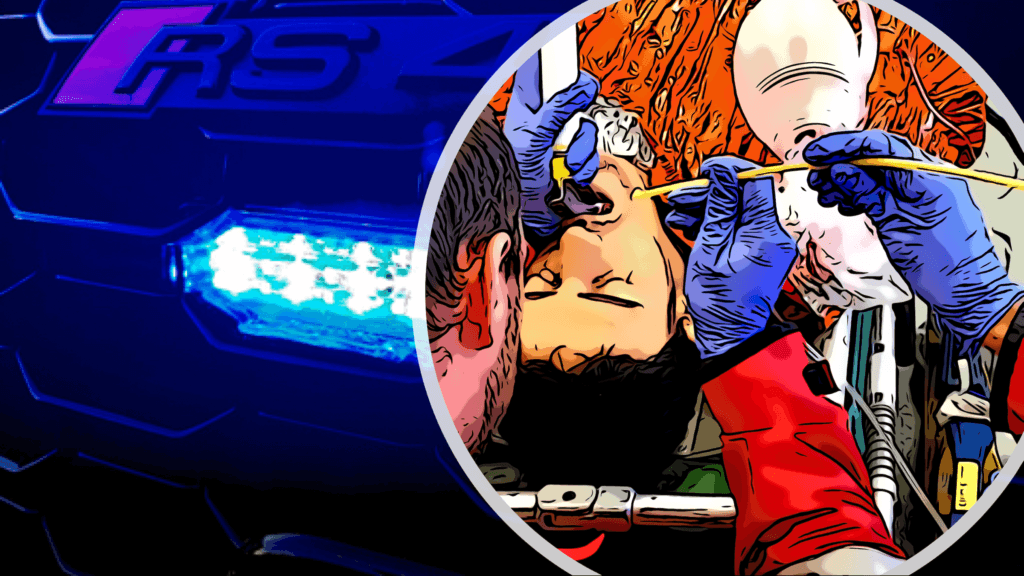Posts
“Innovation is change that unlocks new value” – Jamie Notter“
“Embrace the Unknown: Where Innovation Meets Opportunity”
Have you ever wondered why some ideas, no matter how brilliant, never see the light of day? The answer might lie within what we call the fog of innovation. Imagine you're in an unfamiliar landscape shrouded in dense fog. Your compass, a promising idea, your destination, progress But the path is unclear, and the terrain is unpredictable. This is the journey of innovation. Let's explore....
“Mastering Innovation: Unveiling the Art of Designing for Success!“
If you’ve ever faced obstacles while striving to improve things at work, trust me, this episode is an absolute must-listen! 🎧 In this episode, Dan Dworkis, MD, PhD, and I dive into human-centered design principles, cutting through the fog of innovation, and learning to design for what works under pressure. A big thank you to Dan Dworkis, MD, PhD, for having me on the show and facilitating this insightful conversation.
“Unlocking the potential of equipment design”
Have you ever struggled to use a piece of equipment or interface when you needed it the most? The design of the interface could be the culprit. Good visual hierarchy design is essential when critical information needs to be easily accessible and understood. In this blog post, I will delve into the power of visual hierarchy in designing for high performance. I'll share key takeaways from a recent presentation and discuss how visual hierarchy principles can be applied to create designs that guide users through the content, whether they're in a high-pressure situation or not. So let's explore the topic together and learn how to design for success!
“Success by Design – Make the right choice easier during high stakes“
During this episode, Eoin Walker and I delve into the captivating realm of optimising the Rapid Sequence Intubation (RSI) technique in the pre-hospital environment. Join us as we explore the intricate details, diverse challenges, and innovative approaches that have emerged from my experience as a pre-hospital practitioner. Furthermore, we'll dive into my journey of designing and revolutionising the layout for an RSI by introducing SCRAM™. I would like to extend my gratitude to Eoin Walker for hosting me on this show and facilitating an enlightening conversation.
“Designing healthcare equipment must go beyond functionality and aim to enhance human performance”
We all know that design plays a crucial role in the success of any product. But designing equipment with a focus on human performance can make all the difference in healthcare. By incorporating human-centered design principles such as ergonomics, human-machine interaction, visual hierarchy, data visualization, and cognitive load, we can create tools that not only serve their purpose but also enhance the experience and performance of the clinician. Let's dive into the secrets to unlocking peak performance with equipment designed for humans!
“Connecting the physical world to the digital world”
Explore what RFID and NFC is, and the possibilities it creates. Rx SCRAM™ Line - leverage RFID and NFC technologies to enhance patient safety and reduce cognitive load. An NFC chip can be easily linked to support medication-related clinical decisions and dosage recommendations. Checkout the post to find out more...
Dr Alasdair Corfield joins me on the HEMS Podcast to discuss the ABC Sepsis Trial.
This trial is an open label two-arm randomised trial focused on identifying the best treatment for community acquired sepsis patients. Feasibility of 5% Albumin compared with Balanced Crystalloid, as intravenous fluid resuscitation in adult patients with sepsis, presenting as an emergency to hospital. The aim of this research study is to compare two different fluids (Human Albumin Solution (HAS) and Balanced Crystalloid that are given via a drip to patients with severe infection (sepsis)...
“Simplify and Standardise Emergency Anaesthesia”
Here is a very neat setup by Dr Halden an Anaesthetist, prehospital doctor at LIVES and instructor with ATACC faculty
During this episode, Minh and I discuss SCRAM™ (Structured Critical Airway Management), its background, its role in prehospital care, and the research. A big thank you to Minh Le Cong, MD, for having me on the show and facilitating this insightful conversation.
Image by Adam LaChappelle
Airway-related complications significantly increase as the number of laryngoscopic attempts increase [1]. Airway contamination is one of the major causes of failure in first pass tracheal intubation attempts [2]. Blood and vomitus in the airway have been identified as a predictor of difficult intubation [3,4,5,6,7]. Yet, decontamination of the airway is a poorly defined step in airway management [8]. So, how has innovation address this important problem?








